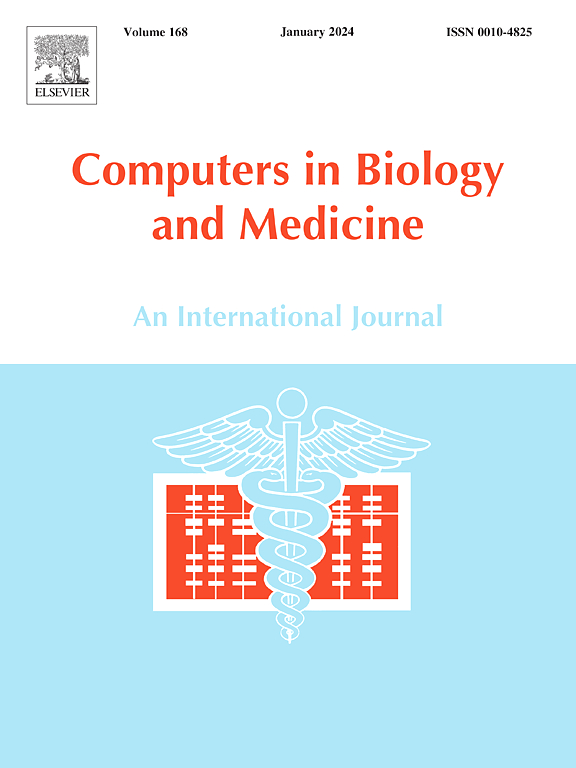不同材料类型对下肢外骨骼结构人体工程学的影响
IF 7
2区 医学
Q1 BIOLOGY
引用次数: 0
摘要
本研究考察了A玻璃纤维、铝合金、不锈钢、S玻璃纤维、C石墨、Hexcel和Thornel等材料对下肢外骨骼设计中生物力学性能的影响。使用计算机辅助建模软件创建的外骨骼模型被集成到任何人建模系统中,并与全身人体模型结合进行步行模拟。在这些模拟中,股骨和胫骨段也被纳入模型,以详细分析外骨骼对人体运动动力学的影响。结果表明,材料选择对关节反作用力和力矩、地面反作用力和接触力有显著影响。柔性材料被发现为用户提供更大的舒适度,但表现出较低的耐用性。相反,更耐用的材料通过减少负载转移来提高整体效率。这些发现强调,外骨骼设计中的材料选择不仅在耐久性和性能方面起着关键作用,而且在满足人体工程学要求方面也起着关键作用。这项研究为开发适合不同用户群体的外骨骼设计提供了有价值的基础,并强调了定制材料选择以优化生物力学性能的必要性。该研究为增强外骨骼与人体运动动力学的相容性,提高使用者舒适度提供了指导。本文章由计算机程序翻译,如有差异,请以英文原文为准。
The impact of different material types on ergonomics in lower extremity exoskeleton construction
This study examines the effects of materials such as A Glass Fiber, Aluminum Alloy, Stainless Steel, S Glass Fiber, C Graphite, Hexcel, and Thornel on biomechanical performance in the design of lower extremity exoskeletons. Exoskeleton models created using Computer-Aided Modeling software were integrated into the AnyBody Modeling System and combined with a full-body human model to conduct walking simulations. In these simulations, femur and tibia segments were also incorporated into the model to analyze the impacts of the exoskeleton on human movement dynamics in detail. The results reveal that material selection significantly influences joint reaction forces and moments, ground reaction forces, and contact forces. Flexible materials were found to provide greater comfort to the user but demonstrated lower durability performance. Conversely, more durable materials improved overall efficiency by reducing load transfer. These findings emphasize that material selection in exoskeleton design plays a critical role not only in durability and performance but also in meeting ergonomic requirements. This research offers a valuable foundation for developing exoskeleton designs tailored to different user groups and highlights the need to customize material selection to optimize biomechanical performance. The study serves as a guide for enhancing the compatibility of exoskeletons with human movement dynamics and improving user comfort.
求助全文
通过发布文献求助,成功后即可免费获取论文全文。
去求助
来源期刊

Computers in biology and medicine
工程技术-工程:生物医学
CiteScore
11.70
自引率
10.40%
发文量
1086
审稿时长
74 days
期刊介绍:
Computers in Biology and Medicine is an international forum for sharing groundbreaking advancements in the use of computers in bioscience and medicine. This journal serves as a medium for communicating essential research, instruction, ideas, and information regarding the rapidly evolving field of computer applications in these domains. By encouraging the exchange of knowledge, we aim to facilitate progress and innovation in the utilization of computers in biology and medicine.
 求助内容:
求助内容: 应助结果提醒方式:
应助结果提醒方式:


